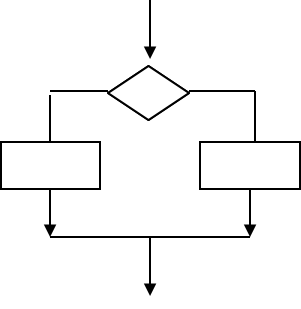Let’s start with what languages have in common. Most programming languages contain the same core constructs:
- Variables
- Arrays
- If Else statements
- Various looping statements
- Subroutines & Functions
- Object Oriented Programming features
The creation of new languages is due to emerging trends from software research, like Object Orientation. The rapid growth of the Internet also created opportunities for new languages. Programming language evolution continues, in both industry and research.
Each language is designed to be better at specific tasks. For example JavaScript works well for client-side web development.
Some languages like C# were created to be fully Object Oriented from the start. In others like VB, Object Oriented features were added as an after-thought.
Some languages save developers time by providing access to existing libraries of code. The developer can easily include this commonly used code in their programs. They just have to locate the code classes and become familiar with their function. The .Net framework class libraries are an example of this.
SQL (Standard Query Language) was created to query and update data in relational databases. It is excellent for creating efficient queries that return specific data. But it is a clumsy programming language with no OO features.
HTML (Hypertext Mark-up Language) is not a programming language but the standard mark-up language for web pages. As such is does not contain any coding structures. HTML pages consist of tags to format text, image, video and hyperlinks.
I am just scratching the surface here. Other questions to consider:
- An OO or Functional language?
- A static or dynamic language?
- Coding for web or desktop?
- Coding server-side or client side?
Want to know more? Take a look at our C# Jargon Buster.
